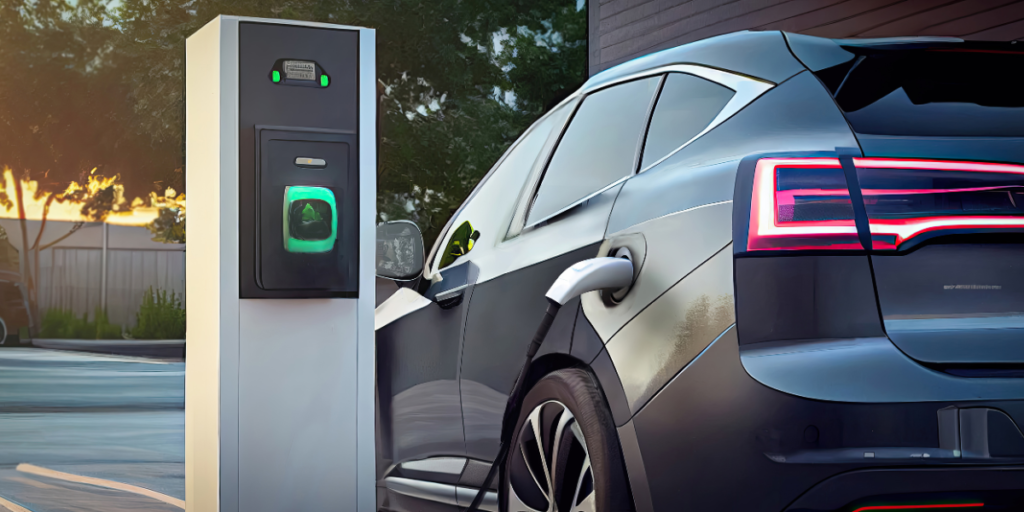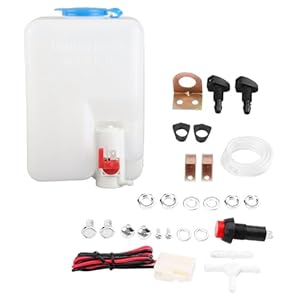
As you ponder the future of automotive design, consider the profound impact that the integration of renewable energy could have on the industry. Imagine a world where vehicles not only move us from point A to point B but also contribute to a cleaner environment. The possibilities of harnessing solar power, tapping into biofuels, and exploring other renewable sources to power our cars are vast. This shift towards sustainability in automotive design is not merely a trend but a fundamental transformation that could shape the way we think about transportation.
Advancements in Renewable Energy Technologies
Advancements in renewable energy technologies have revolutionized the automotive industry’s approach to sustainability and efficiency. One key innovation is the widespread adoption of electric vehicles (EVs), which are powered by rechargeable batteries. By utilizing renewable energy sources such as solar or wind power to charge these batteries, EVs significantly reduce greenhouse gas emissions compared to traditional gasoline-powered vehicles.
Another significant advancement is the development of more efficient solar panels for vehicles. These panels can be integrated into the car’s design to capture sunlight and convert it into electricity, supplementing the vehicle’s power source. This not only extends the vehicle’s range but also reduces its overall carbon footprint.
Furthermore, advancements in biofuels, such as ethanol and biodiesel, offer a renewable alternative to fossil fuels. These biofuels can be produced from organic materials like corn, sugarcane, or algae, making them a sustainable option for powering vehicles.
Sustainable Innovations in Vehicle Construction
As automotive manufacturers strive for sustainability, the focus shifts towards integrating sustainable innovations in vehicle construction to enhance environmental friendliness and efficiency. One of the key sustainable innovations in vehicle construction is the use of lightweight materials such as carbon fiber, aluminum, and high-strength steel. These materials help reduce the overall weight of the vehicle, leading to improved fuel efficiency and lower emissions. Additionally, the incorporation of recycled and bio-based materials in vehicle construction helps reduce the environmental impact of manufacturing processes.
Another sustainable innovation is the implementation of modular design principles, which allow for easier disassembly and recycling of vehicle components at the end of their life cycle. This approach minimizes waste generation and promotes a circular economy within the automotive industry. Furthermore, the adoption of advanced manufacturing techniques like 3D printing enables the production of complex vehicle parts with less material waste, contributing to overall sustainability goals.
Benefits of Renewable Energy Integration
Integrating renewable energy sources into automotive design brings significant environmental benefits and enhances overall sustainability. By incorporating renewable energy technologies like solar panels or kinetic energy recovery systems, vehicles can reduce their reliance on fossil fuels, leading to lower greenhouse gas emissions and a smaller carbon footprint. This shift towards cleaner energy sources not only helps combat climate change but also contributes to improving air quality and reducing pollution levels in urban areas.
Another key benefit of integrating renewable energy into automotive design is the potential for cost savings in the long run. While the initial investment in renewable energy systems may be higher, the operational costs over the vehicle’s lifetime can be significantly lower compared to traditional gasoline-powered vehicles. This cost-effectiveness can make renewable energy-powered vehicles more attractive to consumers, driving further adoption and market growth.
Furthermore, by embracing renewable energy integration, automotive manufacturers can enhance their corporate image and appeal to environmentally-conscious consumers. This can lead to increased brand loyalty and a competitive edge in the market, positioning companies as leaders in sustainable transportation solutions. Ultimately, the benefits of renewable energy integration in automotive design extend beyond environmental impact to encompass economic savings and brand value.
Overcoming Challenges in Implementation
To successfully implement renewable energy in automotive design, addressing and overcoming challenges is essential. One major obstacle is the limited driving range of electric vehicles compared to traditional gasoline-powered cars. Manufacturers are working on improving battery technology to increase the range, but this remains a key concern for consumers.
Another challenge is the lack of infrastructure to support widespread adoption of electric vehicles. Building more charging stations and implementing standardized charging protocols are crucial steps in overcoming this hurdle.
Additionally, the high initial cost of purchasing electric vehicles is a barrier for many potential buyers. As technology advances and production scales up, prices are expected to decrease, making electric vehicles more accessible.
Moreover, the recycling and disposal of batteries present environmental challenges that need to be addressed to ensure the sustainability of renewable energy in automotive design. By tackling these challenges head-on, the integration of renewable energy in automotive design can continue to progress towards a more sustainable future.
Automotive & Tools














